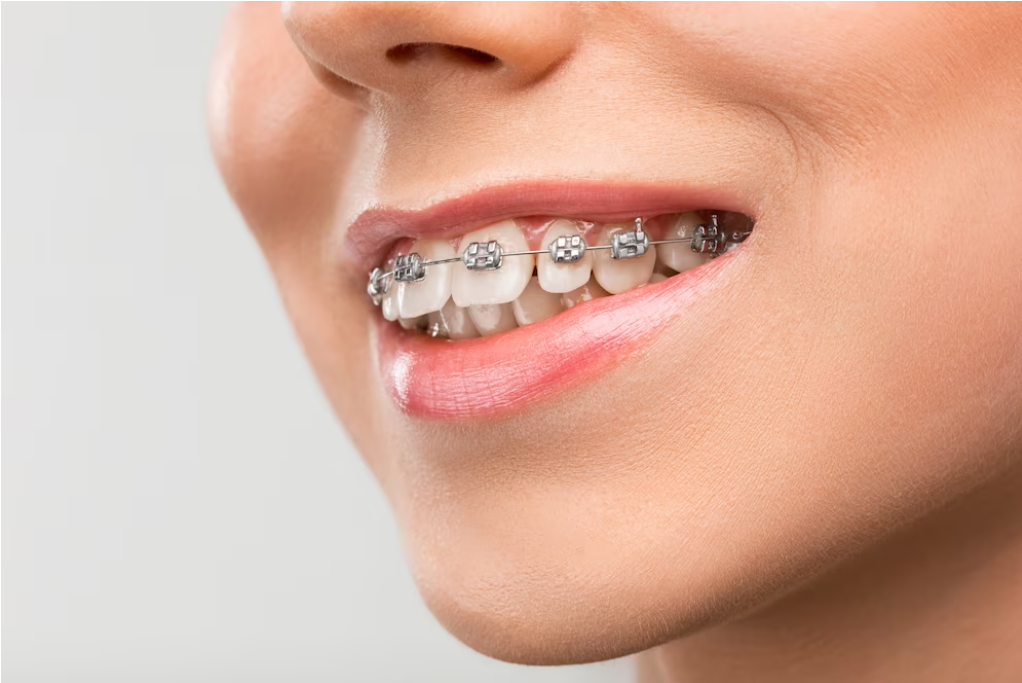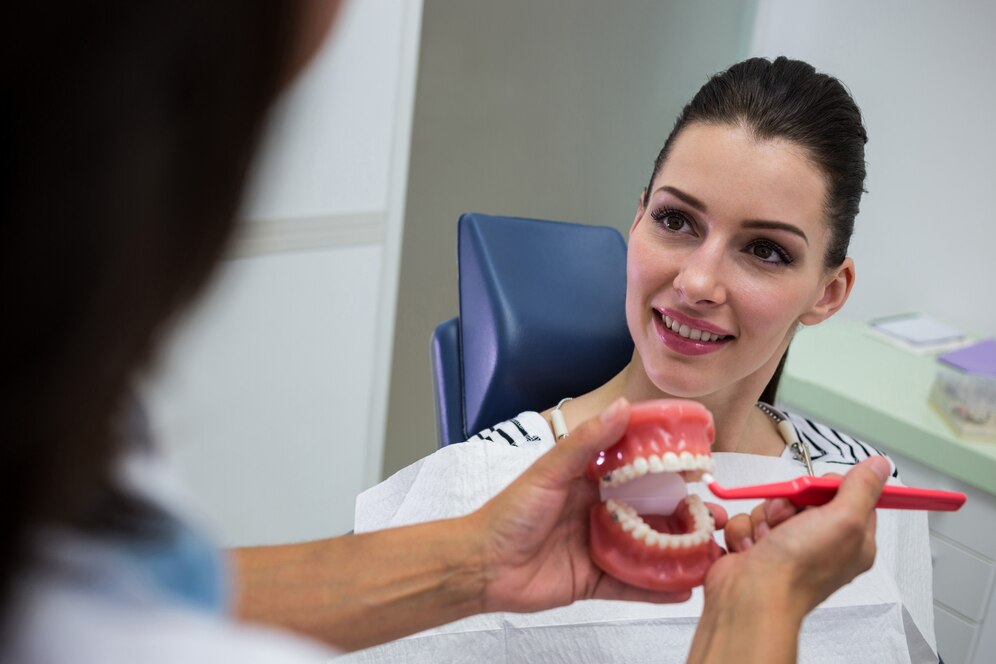Choosing between Invisalign treatment and traditional braces depends on various factors, including individual preferences and orthodontic needs. Here's a comparison to help you make an informed decision:
1. Visibility:
- Invisalign: Clear aligners are nearly invisible, offering a discreet option.
- Braces: Traditional braces are more noticeable, with metal brackets and wires.
2. Comfort:
- Invisalign: Smooth plastic aligners are generally more comfortable, with no sharp components.
- *Braces: Brackets and wires may cause discomfort and irritation, especially after adjustments.
3. Removability:
- Invisalign: Aligners are removable, allowing easier cleaning and the ability to eat without restrictions.
- Braces: Brackets are fixed, making cleaning more challenging, and there are dietary restrictions to avoid damaging the hardware.
4. Treatment Duration:
- Invisalign: Treatment duration can vary but may be shorter for certain cases.
- Braces: Treatment time is typically longer, often ranging from months to a few years.
5. Maintenance:
- Invisalign: Requires consistent wear (20-22 hours per day) for optimal results.
- Braces: No risk of misplacement, as they are fixed, but they may require more frequent dental visits for adjustments.
6. Effectiveness:
- Invisalign: Effective for various orthodontic issues but may not be suitable for severe cases.
- Braces: Versatile and suitable for addressing a wide range of orthodontic issues, including severe misalignments.
7. Cost:
- Invisalign: Generally, Invisalign treatment can be more expensive.
- Braces: Traditional braces tend to be more cost-effective.
8. Orthodontic Needs:
- Invisalign: Ideal for mild to moderate orthodontic issues.
- Braces: Suitable for mild to severe cases, offering a more comprehensive correction.
9. Dental Check-ups:
- Invisalign: Requires periodic check-ups to monitor progress and receive new sets of aligners.
- Braces: Regular adjustments are needed, typically every few weeks.
In summary, Invisalign is often preferred for its aesthetic appeal and comfort, especially for those with mild to moderate orthodontic issues. Braces, on the other hand, are a robust solution suitable for a broad range of cases. The choice ultimately depends on individual preferences, the complexity of the orthodontic issues, and budget considerations. Consulting with an orthodontist can help determine the most suitable option for your specific needs.









Comment:
Mertie Hillman
22 July, 2020 09:16 AMLorem Ipsum is simply dummy text of the printing and typesetting industry. Lorem standard dummy text ever since the 1500s, when an unknown printer took a galley of typ make a type specimen book. It has survived
Albertine Fortin
22 July, 2020 09:16 AMLorem Ipsum is simply dummy text of the printing and typesetting industry. Lorem standard dummy text ever since the 1500s, when an unknown printer took a galley of typ make a type specimen book. It has survived